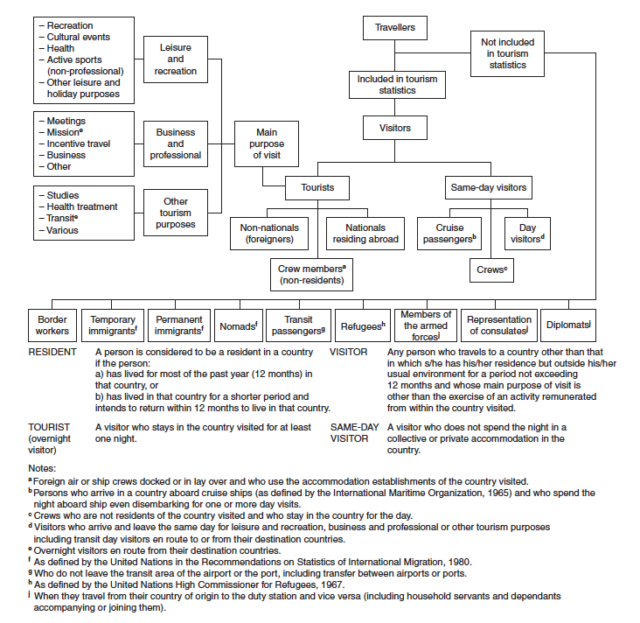“ALL TOURISM INVOLVES TRAVEL, BUT NOT ALL TRAVELS INVOLVE TOURISM”
Theobald in Gross and Klemmer told tourism stakeholders that there are only three types of transportation which associated with the activity of moving an object (people or good) from one place to another, or the system used for accomplishing these activities. They are (1) air transportation, (2) ground transportation, and (3) water-based transportation. Furthermore, tourism can be seen as the act of leaving and then returning to the original starting point, and therefore, one who takes such a journey can be called a tourist. In this sense, transportation in tourism is understood as the activity of travelling from one place to another.
Regardless the types of transportation, it comes to the understanding that transport is an inherent part of tourism, the travel is merely to an end; where it can play a functional or utilitarian role, such as the transport between origin place to destination point. Indeed, travel might play as a key role in the tourism experience itself. Therefore, it makes sense that all tourism always involves travel. but it’s not all travelling can be associated with tourism activity.
How is that possible?
The chart of classification for international visitor that introduced by United Nation World Tourism Organization in 2010, can be taken for self-explained in answering the question above.
Please have a look the picture below to find the answer and confirm with the title of this article.
Classification of International Visitor Based on UNWTO, 2010

Well, the picture above said: regardless the purpose of visit that associated with tourism activities, a traveller/ visitor where tourists or same-day visitors are part of it, – is always activating the act of travel. However, that is not every traveller recorded in tourism statistics. This means: if you are travel under the banner of (a) border worker, (b) temporary immigrants (c) permanents immigrants, (d) nomads, (e) transit passenger, (f) refugees, (g) members of the armed forces, (h) representation of consulates, and (i) diplomats, you are definitely a traveller, but you are not a tourist or regarded as doing tourism activity. Therefore, this framework thinking clearly explain that ““ALL TOURISM INVOLVES TRAVEL, BUT NOT ALL TRAVELS INVOLVE TOURISM”.
Bibliography:
Gross, S., & Klemmer, L. (2014). Introduction to Tourism Transport: CABI.


Comments :